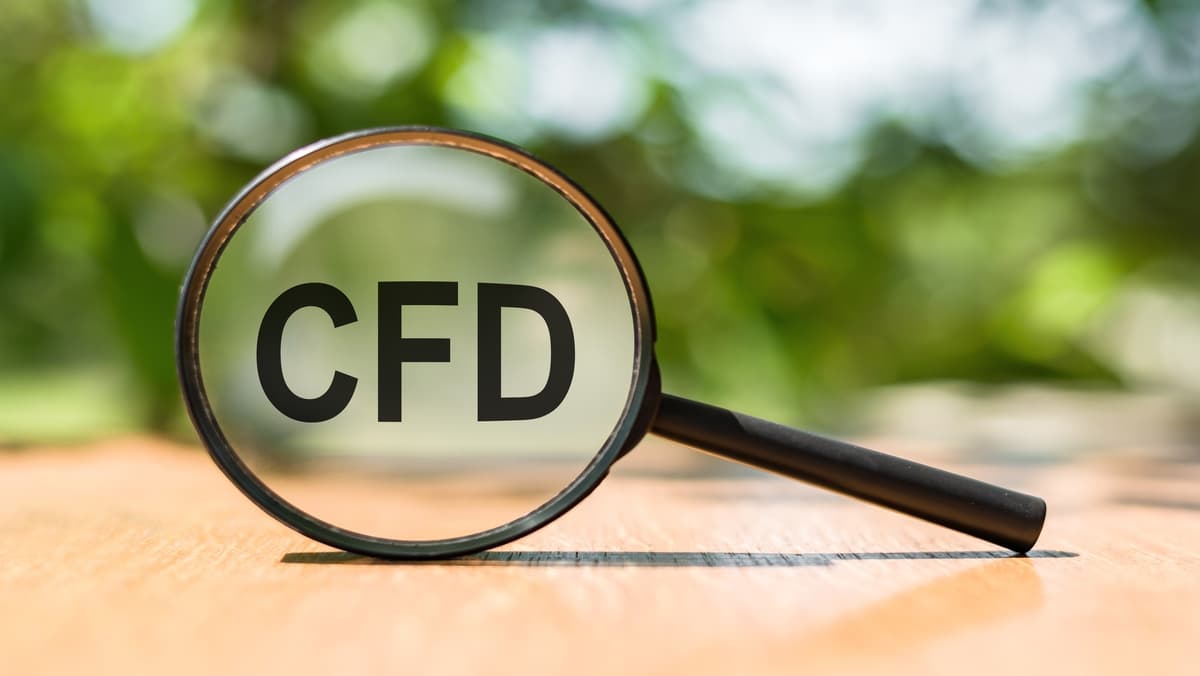
Tuesday Sep 10 2024 08:31

3 min

A fundamental tool for swing traders is the moving average, a technical indicator designed to smooth out price data over a set period and reveal the underlying market trend more clearly. This article explores the nuances of utilizing moving averages in swing trading, providing an in-depth guide to refine and enhance your trading strategy.
In swing trading, two main types of moving averages are commonly used: the Simple Moving Average (SMA) and the Exponential Moving Average (EMA). The SMA computes the average price over a designated period, treating all prices equally. In contrast, the EMA assigns greater weight to more recent prices, making it more sensitive to new data.
The choice between SMA and EMA depends on your trading style and goals. The SMA is generally employed to identify broader market trends, while the EMA is favored in fast-moving, short-term trading scenarios due to its responsiveness to recent price changes.
Moving averages in swing trading are versatile tools that can enhance your swing trading strategy in several ways. They help identify trends, potential reversals, and optimal entry and exit points.
1. Identifying the Trend
One fundamental use of moving averages is trend identification. By comparing the current price to the moving average, you can gauge the market trend: if the price is above the moving average, it suggests an uptrend; if below, a downtrend. Additionally, the direction of the moving average itself provides insight—an upward slope indicates an uptrend, while a downward slope signals a downtrend.
2. Trade Signals with Moving Average Crossovers
A well-known strategy involves moving average crossovers. This method uses two moving averages of different periods, typically a short-term and a long-term. A buy signal is generated when the short-term moving average crosses above the long-term moving average, suggesting potential upward momentum. Conversely, a sell signal occurs when the short-term moving average crosses below the long-term moving average, indicating potential downward momentum. Adjusting the periods of the moving averages can tailor this strategy to your specific trading style and market conditions.
3. Support and Resistance Levels
Moving averages can also function as dynamic support and resistance levels. In an uptrend, the moving average may act as support, with prices potentially bouncing off it. In a downtrend, it can serve as resistance, where prices might struggle to rise above it. These levels are useful for setting stop-loss orders and determining entry and exit points.
4. Risk Management
Incorporating moving averages into your risk management strategy is crucial. They help establish clear guidelines for stop-loss orders and position management, aiding in the effective control of risk.
When considering shares, indices, forex (foreign exchange) and commodities for trading and price predictions, remember that trading CFDs involves a significant degree of risk and could result in capital loss.
Past performance is not indicative of any future results. This information is provided for informative purposes only and should not be construed to be investment advice.
